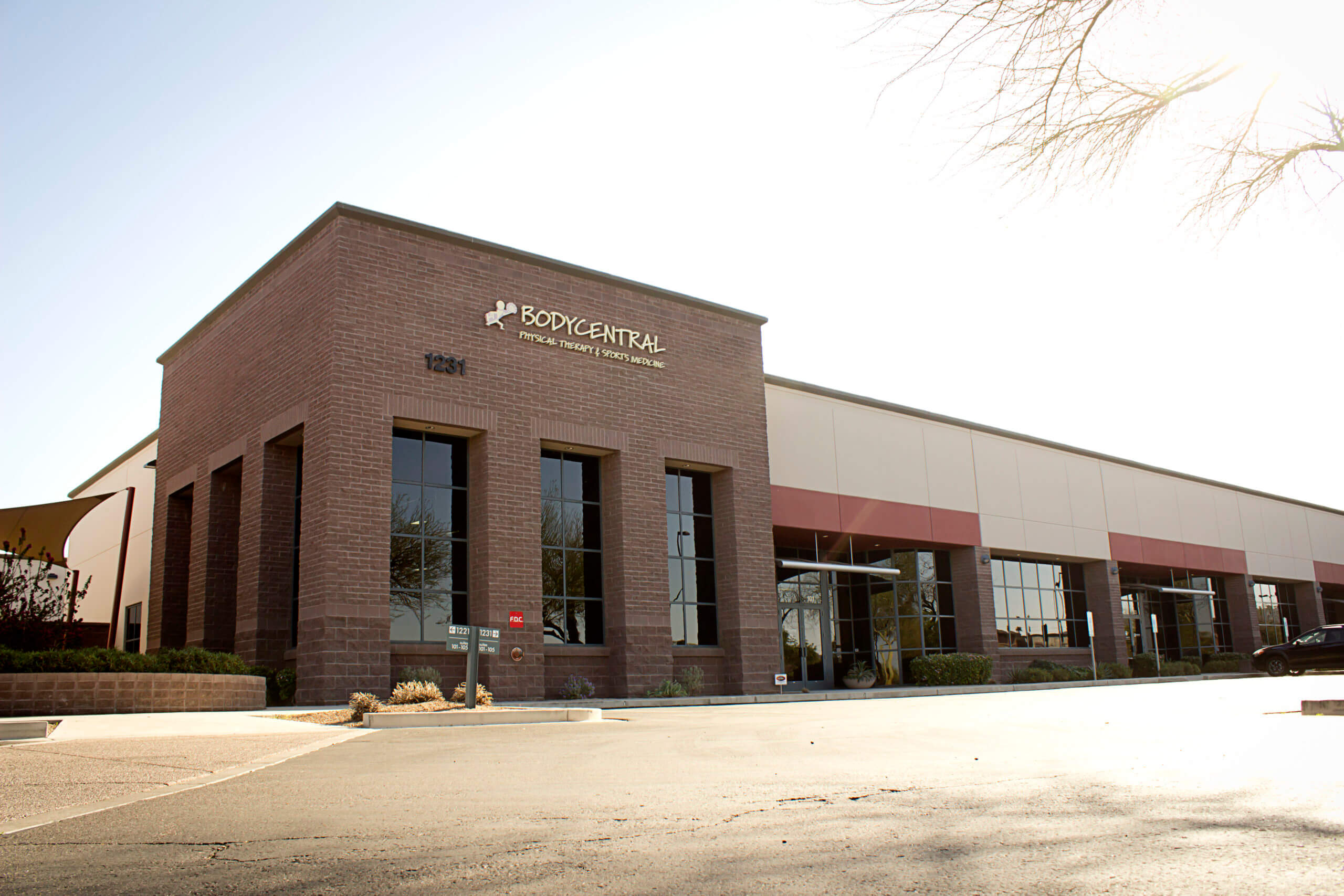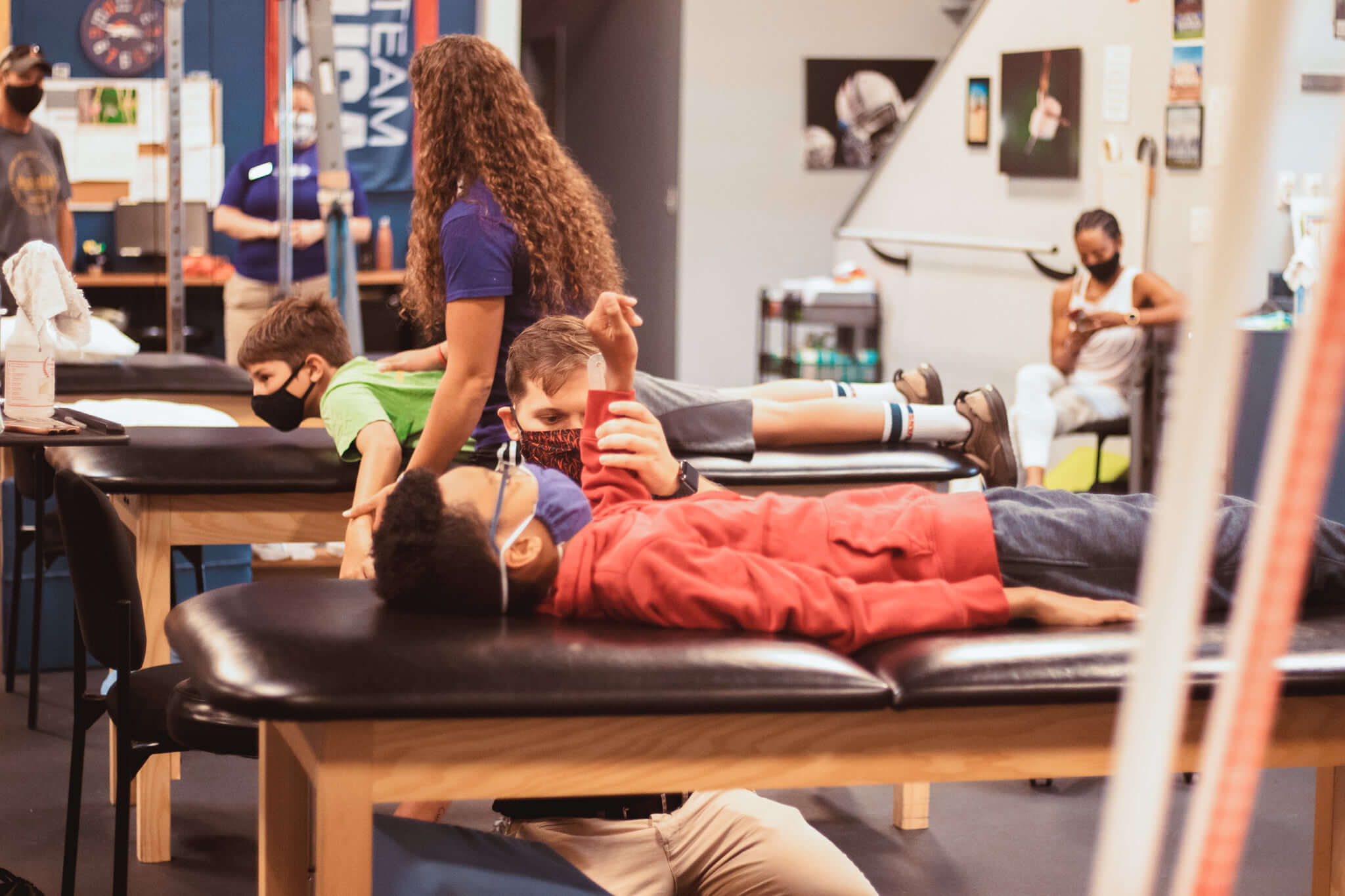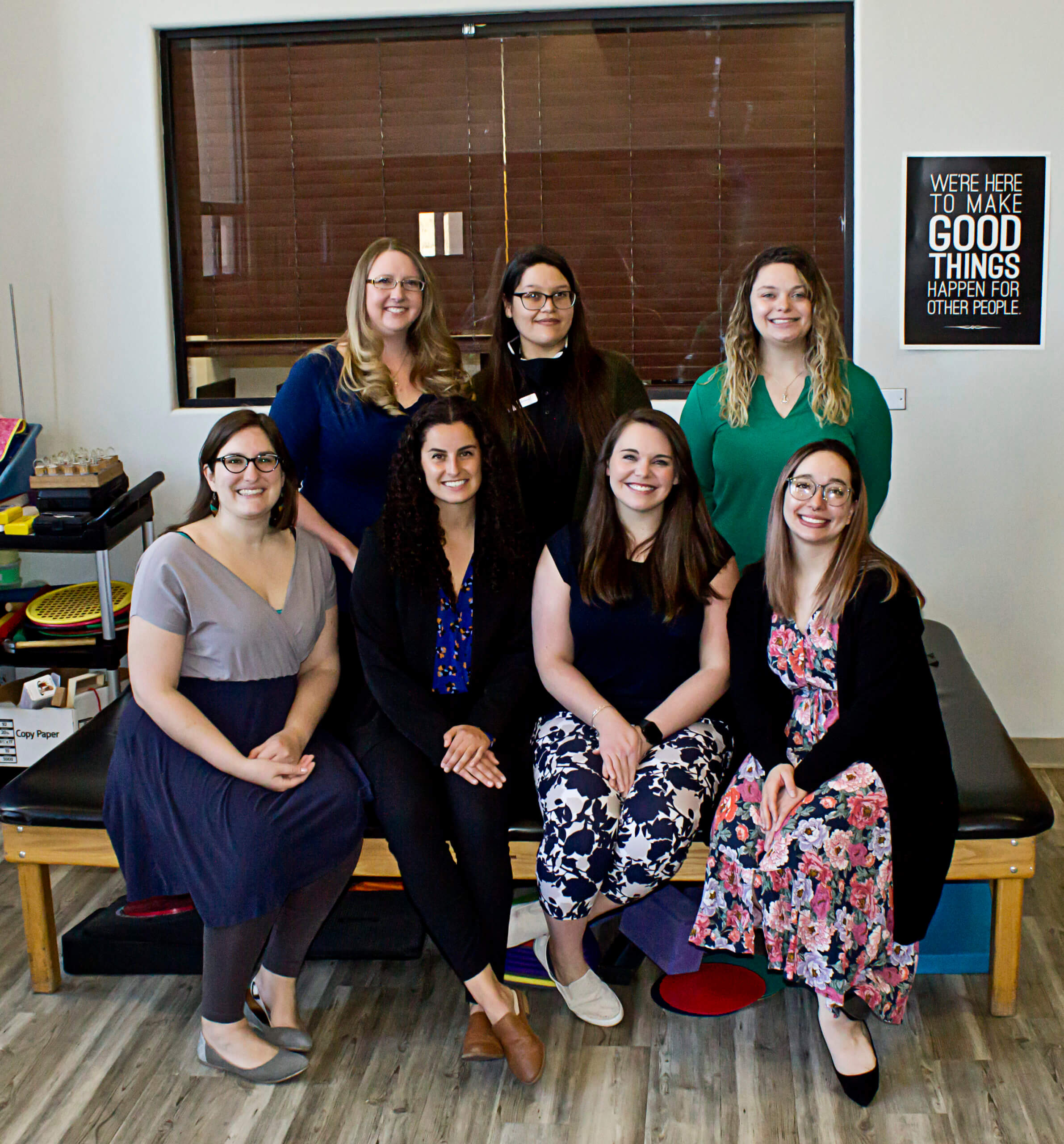Personalized Treatment
We value the experience and we focus on your journey to better health. Beyond just answering your questions, our physical therapist team takes an active part in your journey through encouragement, support, and quality care. From your first visit to your last, you are treated with empathy.




